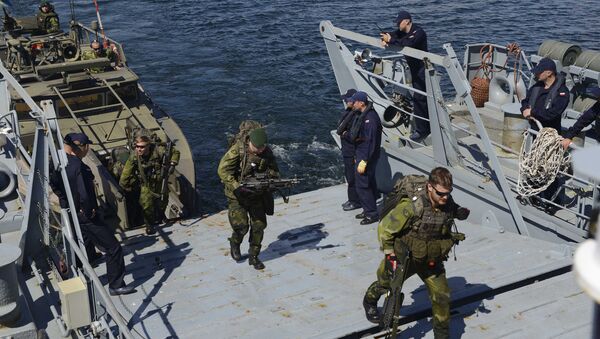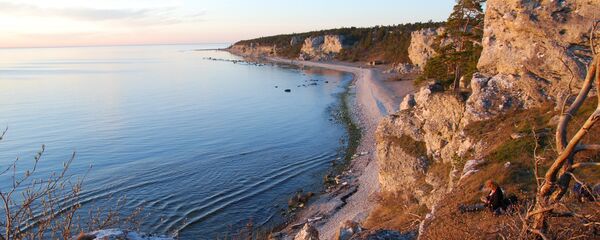Expressen specifically noted that the drills are being held in response to "the alleged Russian aggression."
The official goal of the exercise is to coordinate the activity of large multinational military units, which together can provide for the stability and security of the regions around the Baltic Sea. There is no doubt as to who plays the role of the main enemy, according to Expressen.

"In light of the current military-political reality, the Baltops drills send a certain political signal. There is no immediate military threat to Sweden. This does not mean that such crises will not occur in the future, but right now I don't see threats of this kind," Hultqvist said.
In this vein, Expressen columnist Carl Berqvist predicted that Russian President Vladimir Putin is almost sure to respond in kind to the Baltops drills in order to show his people that he isn't content to sit on his hands.
And another NATO drills: #BALTOPS 2016. June 3-18 map/schedule https://t.co/4Hymij3TjO pic.twitter.com/a3Lco7k5AK via @USNavyEurope
— Liveuamap (@Liveuamap) 5 июня 2016 г.
According to Bergqvist, there are several possible scenarios: he could check the combat readiness of the west of Russia, conduct missile exercises, and/or mark the boundaries of the Baltic using the Russian Aerospace Forces and navy.
"Lastly – [this is exactly] what is expected from the Russian participants of the exercise, so it is likely that [NATO's] expectations are [incorrect], and Russia would instead take something unexpected and in another region," concludes the Swedish journalist.
Participating nations comprise NATO members Belgium, Denmark, Estonia, France, Germany, Italy, Latvia, Lithuania, Netherlands, Norway, Poland, Portugal, Spain, the UK and the US, as well as the bloc's two partner countries, Finland and Sweden.




